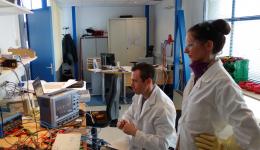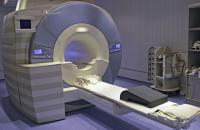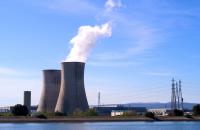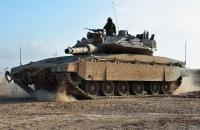Laboratories dedicated to the safety of your equipment
The purpose of electrical equipment safety is to reduce the risks associated with the use of equipment for their users (their relatives, their property, their animals, etc.).
Safety requirements therefore aim to develop safe equipment.
Every engineer or technician in a design office unconsciously has notions of dangerousness for each element he integrates and he naturally strives to reduce the risks. Standards are made available to them and more generally to manufacturers and importers to list these risks by product type.
These include:
- thermal hazards (heating, burns, fire, etc.)
- mechanical dangers (cuts, intrusion of foreign elements, etc.)
- electrical hazards (electrocution, shocks, etc.)
- hazards induced by failure (fault condition)
- ...

Electrical safety tests assess heat and fire resistance, thermal behaviour (heating measurements), dielectric strength, shock resistance, but also markings, instructions for use and inaccessibility to dangerous areas (test finger).
This equipment must also not become dangerous even if it has been put under fault conditions.
The safety standards are coordinated by theIEC and are international, but national deviations are to be considered (case of different electrical outlets in different countries)
The work of the Emitech Group's electrical safety laboratories is divided into several phases:
- Analysis of the context of the application (nature of the product, countries concerned by the placing on the market, etc.) in order to identify the applicable approval procedure or procedures and deduce the recommended procedure (CE marking for Europe, CB scheme and/or marks for export markets) but also in order to list other requirements (EMC, radio, waves and health, etc.) that may be required to coordinate the whole.
- Consideration of available evidence and documentary evidence. Preliminary engineering is recommended for this crucial step in order to optimize test times and costs and avoid blocking situations during the analysis work.
- The implementation of the tests required by the standard(s) to be met and the related analytical work.
The services offered by our electrical safety testing laboratories are supplemented by those in regulatory information, training, expertise and analysis.
Standards and specifications processed (not exhaustive list)
Low Voltage Directive
- Information technology equipment*: IEC/EN 60950
- Audio, video and similar electronic apparatus*: IEC/NF 60065
(*Common standard on audio/video, information and communication technology equipment applicable in 2019 IEC/EN 62368-1)
- Medical electrical equipment: IEC/EN 60601
- Luminaires: IEC/EN 60598
- Safety requirements for electrical equipment for measurement, control, and laboratory use: IEC/EN 61010
- Household and similar electrical appliances: IEC/EN 60335
Worldwide markets
- CB scheme: IEC/EN standards + national deviations
Instrumentation implemented
- Air-conditioned rooms
- Controlled sources of electrical power (stabilised 50/60 Hz power supplies, generators / converters)
- Acquisition units for temperature rise measurements (thermocouples)
- Appliances for electrical measurements (oscilloscope, probes, multimeters, leakage currents, etc.)
- Appliances for power measurements
- Appliances for insulation measurements (dielectric strength meter, insulation strength)
- Appliance for ground continuity measurements
- Residual lightning impulse generating bay
- Transformer splitting machine
- Equipment for incandescent wire tests and for flammability tests
- Environmental chambers
- IP testing equipment
- Standardised gauges and templates (test fingers, etc.)
- Mechanical testing of electrical enclosures (shock hammers, indentors, etc.)
- Calm air chamber (luminaires)
- Automated systems and specific test fixtures
- Protection against electric shock
- Dielectric strength
- Temperature rise
- Leakage currents
- Insulation resistance
- Leakage paths and creepage distance
- CTI / Tracking
- Moisture resistance
- Danger from electromagnetic waves
- Incandescent wire
- Fire resistance
- Impact resistance
- Drop tests
- Fault condition analysis
- Liquid ingress protection (IPX1 to X8)
- Solid ingress protection (IP1X to 6X)
- Protection against external mechanical impacts (IK01 to IK10)
- 10)














